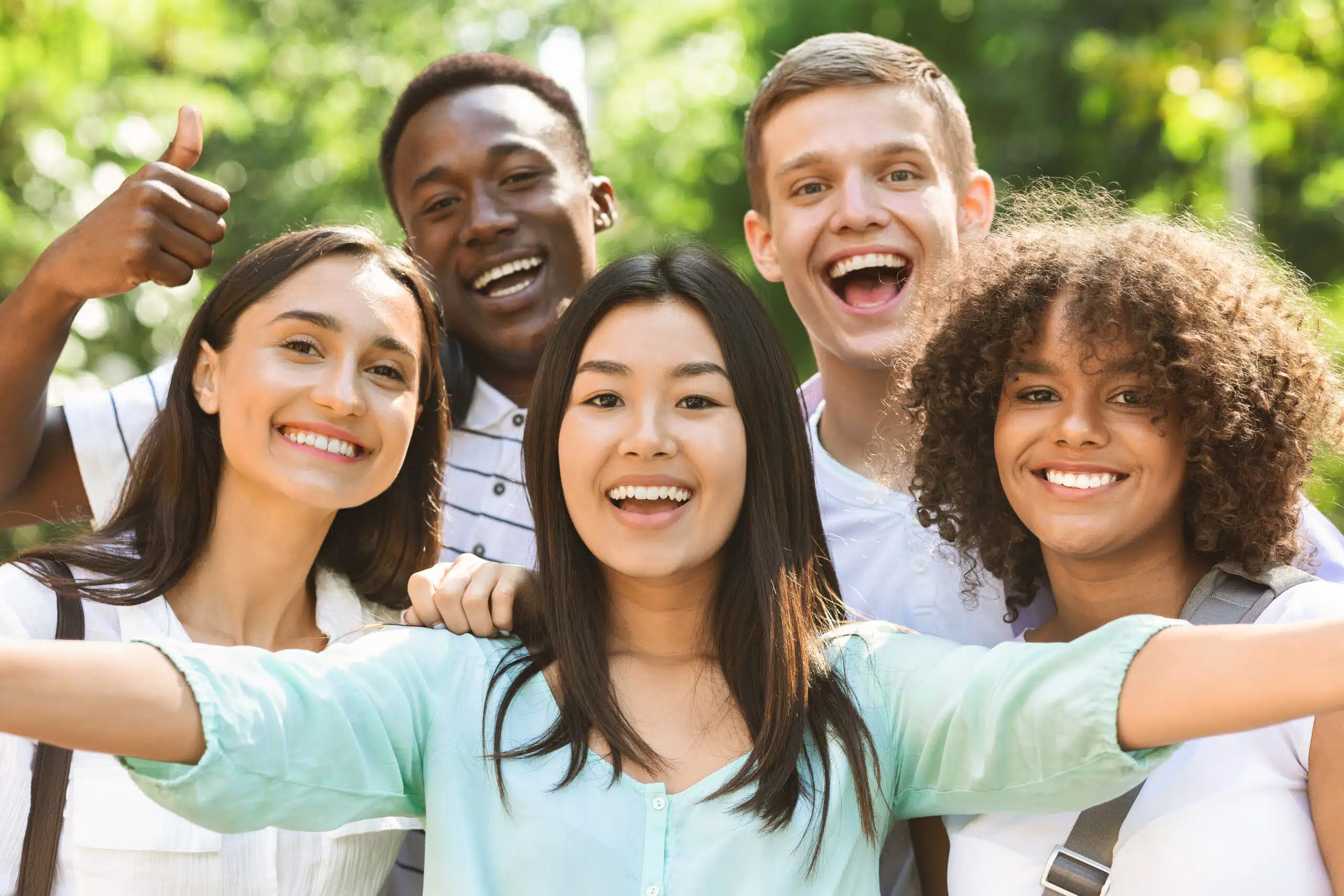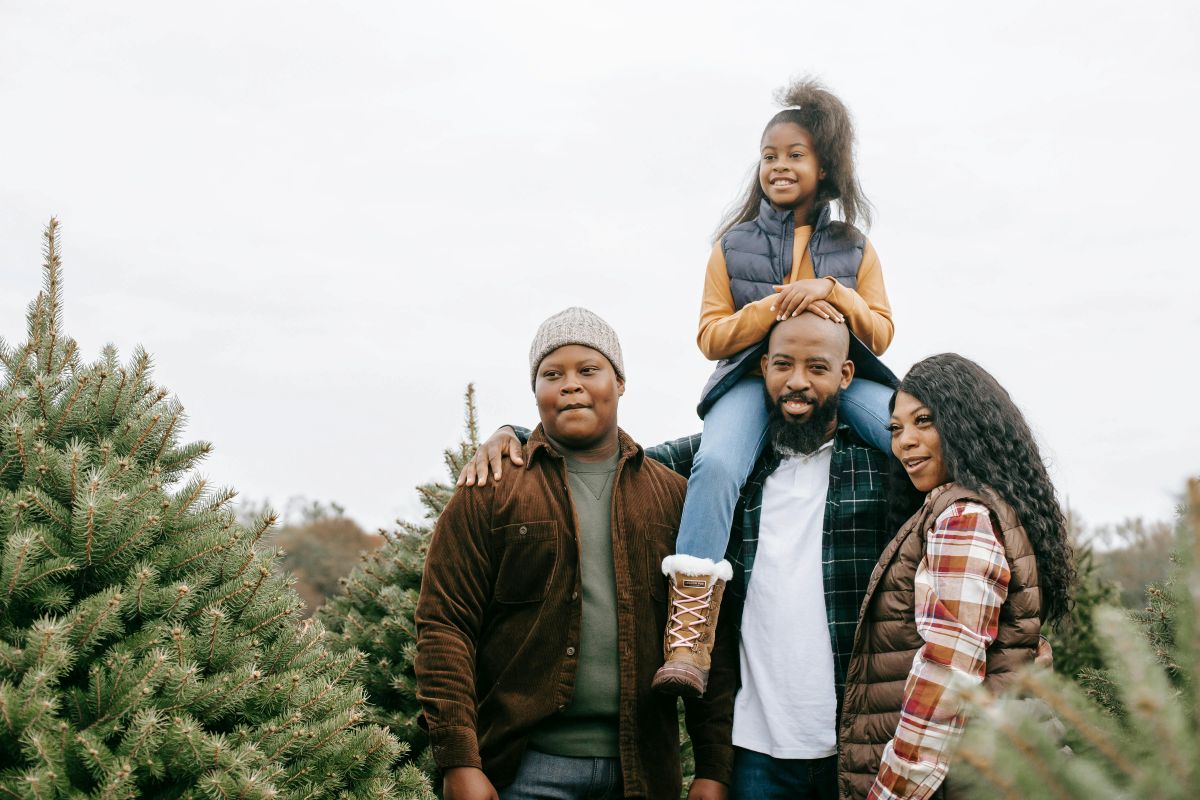
5 Different Group Therapy Activities for Teens
There are many important elements to mental health treatment for teens. The best “type” of treatment for your teen depends greatly on their specific treatment needs and how they interact with their treatment professionals and other peers who share the treatment experience. It is not uncommon for teens (and adults alike) to shy away from the concept of group therapy or peer support sessions. Many people feel uncomfortable or shy about the idea of sharing their challenges with mental health with a group of people they do not know. Although this is a valid concern and a worry felt by many when it comes to group interaction, it is essential to remember that group therapy plays a critical role in helping those who struggle with a wide range of mental health conditions learn how to understand and manage their symptoms.
What is Group Therapy?
When people think of group therapy, they often picture the “Hollywood” version: several chairs in a circle, in a small room, with participants sharing their emotions with others. But actual group therapy is more than a group of people with shared therapeutic needs and goals participating in a joint therapy session.
As part of mental health group therapy for teens, a highly skilled therapist (sometimes more than one) leads a group of participants in a discussion about mental health. The number of participants and topics covered will vary depending on the group and the issues being addressed. In most cases, the same group of participants will meet with the same therapist for each session. This helps foster trust, comfort, and communication within the group.
The duration of treatment also depends on a range of factors. These may include the type of program, the therapeutic model, the treatment needs of the group, and others. Group therapy sessions may last between six months and one year for most programs. This does not include group therapy or peer support groups that often follow a primary mental health treatment program at a teen-focused center like Beachside.
What Are Advantages of Group Therapy
Although group therapy may feel uncomfortable initially, many teens (and adults) report significant benefits from the group format. There are several benefits to group therapy programs for teens at a treatment program like Beachside.
First, group therapy provides a source of support. When teens struggle with mental health conditions, they sometimes feel as though they are alone in their struggles. Group therapy sessions help your teen see that they are not alone and others share similar symptoms, challenges, and concerns. Knowing they have a group of people who are walking the same path can lead to relaxation, relief, and comfort.
Another benefit to group therapy is healing. Not only do the other participants act as a sounding board or source of advice, but they can help your teen learn more about themselves. Groups provide an opportunity to learn and practice new coping skills. Participating in the group is an ideal way for your teen to learn about emotions and other difficulties that may contribute to recovery challenges.
Last (but not least) group therapy can help improve communication skills. Communication is an essential part of everyone’s day-to-day interactions with others. However, it is not uncommon for each of us to struggle with effective communication. In a group environment, everyone is engaged in active (and therefore effective) listening and understanding of one another’s challenges. Actively practicing effective and empathetic listening will help you learn to listen to others better and communicate more effectively outside of the therapeutic environment.
Group Therapy Activities for Teens
Actively engaging in and participating in group therapy can seem challenging at first. After all, group therapy requires sharing things about yourself, including deep, complicated, and (potentially) painful emotions, with a group of people who are essentially strangers. Although they share similar challenges, you don’t know them personally, making opening up and talking about mental health or addiction challenges difficult.
One goal of many group therapy activities is to “break the ice” and help group participants get to know one another. Even though it takes time to develop comfortable relationships, and one group session certainly does not accomplish this, certain group therapy activities are designed to help teen participants know that it is ok to engage with others in the group and that everyone is in the group to heal and help others on their journey to recovery. One such ice breaker activity is the human knot.
The Human knot
The human knot is a simple activity that requires no preparation and no materials to accomplish. How long it takes from start to finish depends on how many teens are in the group. The human knot requires each member of the group to stand in a circle. The goal is for each participant to join hands with another group member, not necessarily those on either side. After everyone is joined, the group works together to untangle themselves without letting go of their hands. The human knot is a great ice breaker activity, and it helps to build rapport and encourage communication among the members of the group. It also builds trust and encourages all members to participate as the activity is designed to be fun.
Two truths and a lie
Another ice-breaking activity that works well in the teen group therapy environment is two truths and a lie. A significant challenge teens in group therapy face is that they do not know one another. All they know is they are all participants in the same group, which likely means they share a common mental health struggle. Aside from this one link, everything else about the other group members is a mystery for your teen and vice versa. Understandably, open communication is difficult. Also, it is not uncommon for teens to avoid actively sharing information about themselves “just because.” This activity helps each group member share a little with the group in a safe way.
Two truths and a lie asks participants to write three things about themselves, one lie and two truths. The papers are put in a box (or similar), so no one knows who wrote them. The papers are then read to the group by the group leader. Participants work together to discover which item on the paper is a lie and which is true. Again, this activity helps group therapy participants get to know a little more about one another.
Group meditation
Meditation and meditative practices are excellent coping mechanisms teens (and adults) can use to manage triggers and calm their minds during stressful moments. The skills of mindful meditation and similar practices are often taught as part of individual and group therapy programs at a mental health treatment center like Beachside. Group meditation is similar to meditation in an individual setting. When done in a group, meditation focuses on group side stress reduction and relaxation. When used in teen group therapy, meditation is explicitly designed to help group members let go of stress and anxiety.
Mindful speaking
Mindfulness is an important topic and a valuable coping skill for teens in mental health or addiction treatment. Understanding the benefits of mindfulness and when to use mindfulness skills, even in conversation, can help your teen recenter and calm their mind when faced with triggers or other potential stressors that could lead to a relapse in symptoms. Mindful speaking is based on teaching group participants about being in the here and now. Group members are encouraged to practice mindfulness when engaging with and communicating with other group members. Group members learn about using mindfulness to be more insightful about the experiences in their lives that may have led to mental health concerns.
Goal visualization
Setting and working towards goals is an important skill for teens, especially those who may struggle with various emotional challenges that make visualizing future successes or future endeavors challenging. Goal visualization activities in group therapy encourage participants to focus on future goals and the paths that lead to those goals. This activity is helpful during group therapy as many teens are unsure how to work towards goals and which steps are necessary to get to their goals. Goal visualization helps to show teens that achieving goals is not impossible or out of reach.
During goal visualization activities, each group member is encouraged to think of a goal and mentally visualize the paths that could lead to their goal. Then they either draw their goal and the path they can take to their goal on a sheet of paper or verbally talk about their goals and how to achieve them with the group.
Actively engaging in group therapy, at least initially, can be difficult, regardless of the age of group members. Although challenging, it is essential to remember that group therapy activities are an integral component of mental health treatment programs. Group interaction helps to improve social skills, enhance communication skills, and allow group members to learn from and help others who share similar treatment goals and needs. Participating in group therapy at Beachside helps to equip your teen with essential social coping skills they may need to reduce the impact of triggering situations in the future.
At Beachside, our teen-focused treatment plans use a combination of individual, group, and family therapy models to help your teen heal and achieve optimal physical, emotional, and spiritual wellness. Each teen who comes to our Los Angeles-based treatment programs has unique needs and goals. We understand that working closely with your teen and family to develop a treatment program focused on your teen and not their diagnosis is essential to recovery. If you would like to learn more about how programs at Beachside can help your teen, contact us today for more information or request a tour




